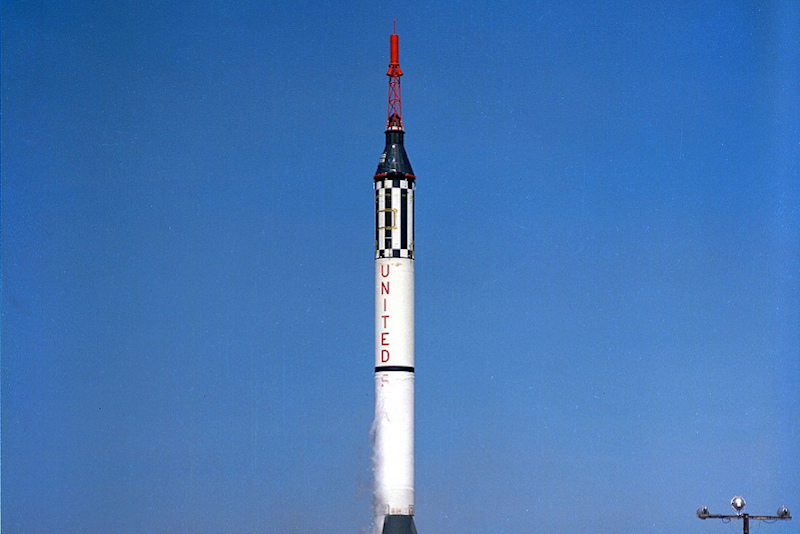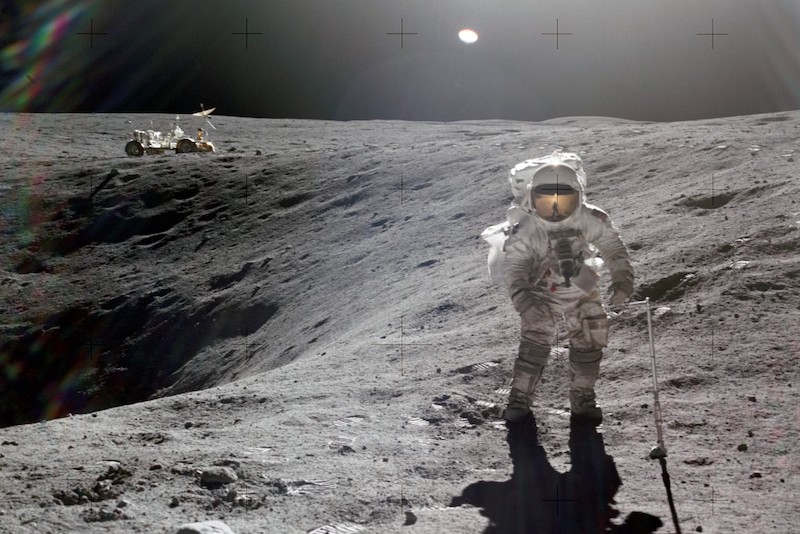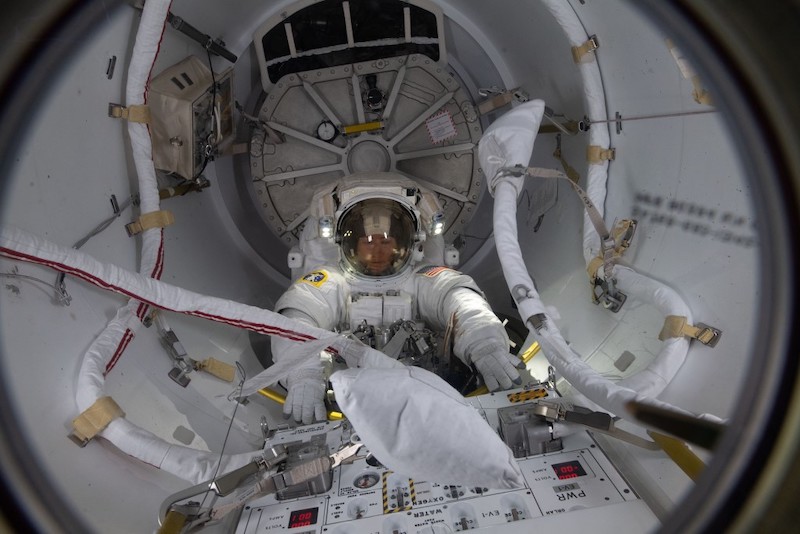North Carolina and the Space Race
On October 4, 1957, the Soviet Union successfully launched the world’s first satellite, a beach-ball–sized metal sphere called Sputnik.
During its three-week orbit, the satellite both captivated and terrified the American public. In response, the United States organized a new government agency—the National Aeronautics and Space Administration, or NASA—and tasked it with researching flight inside and outside the Earth’s atmosphere. The space race had officially begun.
When NASA put out the call for talented engineers, mathematicians, scientists, and more, North Carolinians—many of whom had received their training at hallowed state institutions like UNC Chapel Hill, North Carolina State University, and UNC Greensboro—came forward in droves. They moved, sometimes far from their families and hometowns, to NASA facilities in Texas, Florida, and Virginia with one unifying goal in mind: to put a man on the Moon.
Project Mercury
America’s first man-in-space program ran from 1958 to 1963 and was known as Project Mercury.
Project Gemini
Project Gemini demonstrated man's ability to live and work in space for extended periods of time.
Project Apollo
NASA’s ultimate goal—to put a man on the Moon and return him safely to Earth—was achieved during Project Apollo.
Beyond Apollo
With the arrival of the space shuttle program, North Carolinians finally started seeing their own among the high-profile astronaut crews, a trend that continues to this day.




